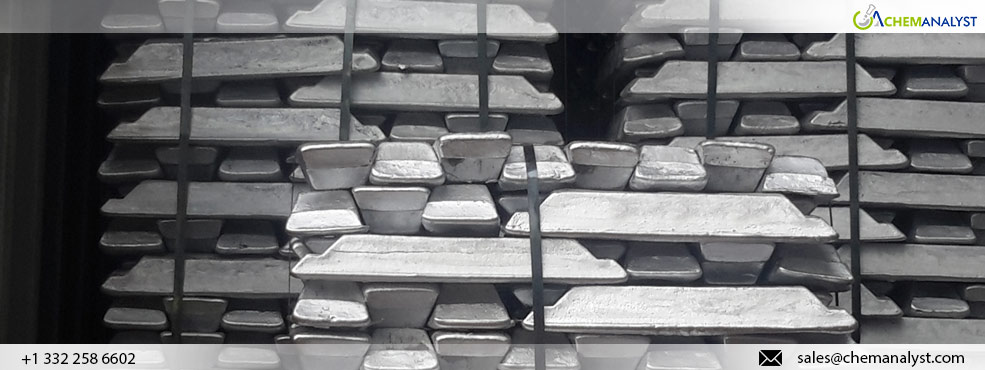Policy Urgency and Trade Dynamics: Unpacking the Aluminium Ingot Sector
- 20-Jun-2024 5:50 PM
- Journalist: Harold Finch
Aluminium Ingot prices in the United States experienced significant fluctuations during the second week of June driven by a combination of factors impacting the global Aluminium Ingot market. A noticeable 1.5% decline was recorded in the price of Aluminium Ingot amidst a stronger US dollar, robust US job statistics, and mixed trade signals from major metals consumer China.
The strengthening of the US dollar was notably influenced by a surge in job creation within the US economy, surpassing expectations and potentially delaying the initiation of an easing cycle by the Federal Reserve this year. Trade dynamics in China exhibited a mix of trends with higher-than-expected exports hinting at increased overseas demand, while facing challenges such as Aluminium Ingot shortages due to disruptions in supply chains.
Global primary Aluminium Ingot output witnessed a significant year-on-year increase of 3.3% in April, reaching 5.898 million tonnes according to the International Aluminium Ingot Institute (IAI). Noteworthy was China's notable surge in imports of unwrought Aluminium Ingot and related products, with a substantial 72.1% rise in April imports compared to the previous year. This upward trend continued throughout the initial four months of the year, with imports totalling 1.49 million tonnes, marking an impressive 86.6% increase over the same period in the prior year.
In contrast, the German Aluminium Ingot industry faced notable production declines in various sub-sectors in the first quarter of 2024. High energy costs and the challenging economic environment in Germany have significantly hampered manufacturers, with demand from key industries, especially construction, remaining subdued. Furthermore, weakened registration figures for electric cars, stemming from sudden funding cancellations by the government, have exacerbated the woes of the Aluminium Ingot industry. The decline in recycled Aluminium Ingot production, despite its critical significance for Europe's decarbonization efforts, further underscores the industry's struggles. Notably, Germany produced 685,000 metric tons of recycled Aluminium Ingot from January to March.
Amidst these intricate market dynamics, European Aluminium Ingot and the European Steel Association (EUROFER) issued a joint statement calling for urgent policy action to address non-market excess capacity and decarbonization challenges in the Aluminium Ingot industry. Urging EU policymakers to expedite negotiations with the US to establish a Global Arrangement on Sustainable Steel and Aluminium, the statement emphasized the need for new trade tools to level production cost disparities and reduce global carbon emissions from both the Aluminium Ingot and steel sectors.
In response to these significant market developments, US President Biden took decisive action by announcing the tripling of tariffs on Chinese Aluminium Ingot imports under Section 301 of the Trade Act of 1974. This move aims to counter China's trade policies, tackling concerns related to overcapacity and non-market pricing practices in the Aluminium Ingot sector. The action was warmly received by industry leaders such as Jesse Gary, President and CEO of Century, who commended the Administration's dedication to supporting US primary Aluminium Ingot production and investing in the resurgence of American manufacturing.
As market dynamics continue to evolve and trade tensions persist, the US Aluminium Ingot sector finds itself amidst a challenging yet opportunity-filled landscape, shaped by both domestic and international Aluminium Ingot market factors.



